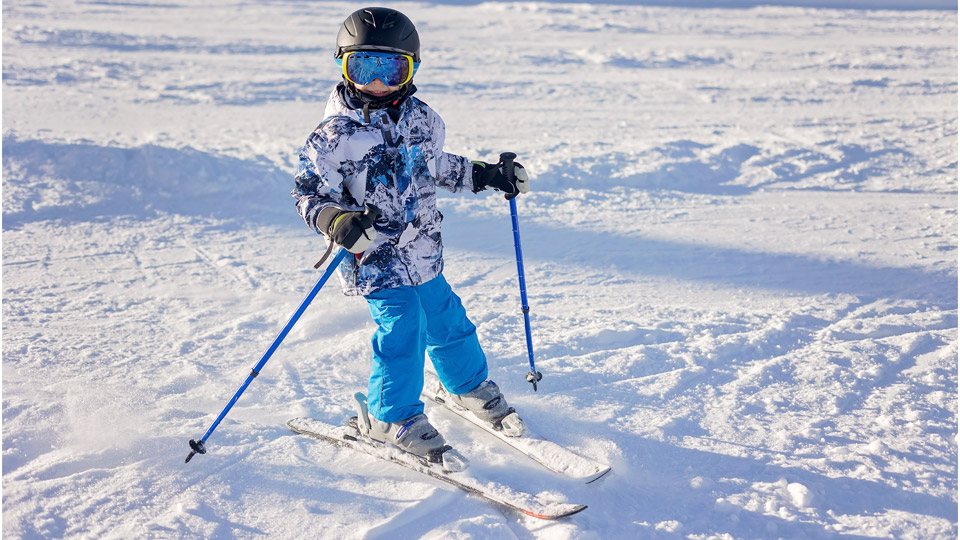Can I take motion sickness tablets if I have glaucoma?
21/10/2025

03/02/2025
When enjoying a day in the snow with children, safety and comfort are top priorities. One of the most important decisions to make is choosing between sunglasses or ski goggles for eye protection. Both accessories have their advantages and disadvantages, and the choice will depend on various factors such as the child's age, weather conditions, and the type of activity they will be doing.
Why is eye protection important in the snow?
Snow reflects up to 80% of ultraviolet (UV) rays, significantly increasing exposure to these harmful rays. Without proper protection, children can suffer eye damage, such as keratoconjunctivitis or eye irritation. In addition, cold wind, humidity, and snow particles can cause discomfort and affect vision.
Children’s sunglasses
Sunglasses are a lightweight and versatile option for protecting children's eyes. They are designed to filter UV rays and are ideal for gentler activities, such as walking in snowy areas or playing in open spaces.
Advantages:
Disadvantages:
Children’s ski goggles
Ski goggles, also known as snow goggles, provide a more stable and secure option for snow activities, particularly in extreme weather conditions or sports such as skiing and snowboarding.
Advantages:
Disadvantages:
Factors to consider when choosing
Conclusion
Both options are useful depending on the situation, but if full protection and stability during snow sports are the priority, ski goggles are the safest choice. On the other hand, sunglasses can be a practical solution for walking or less intense activities. Whatever the choice, investing in quality eyewear and ensuring children wear them properly is key to guaranteeing their safety and enjoyment in the snow.
Dr Idoia Rodríguez Maiztegui, Ophthalmologist at the Barraquer Ophthalmology Centre